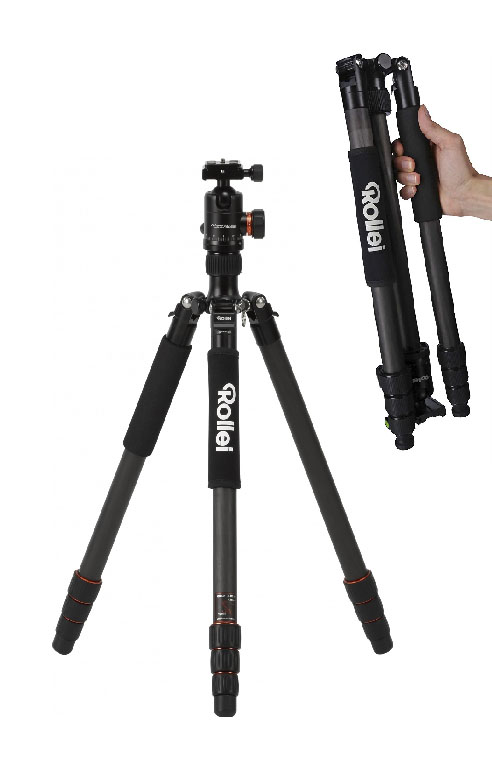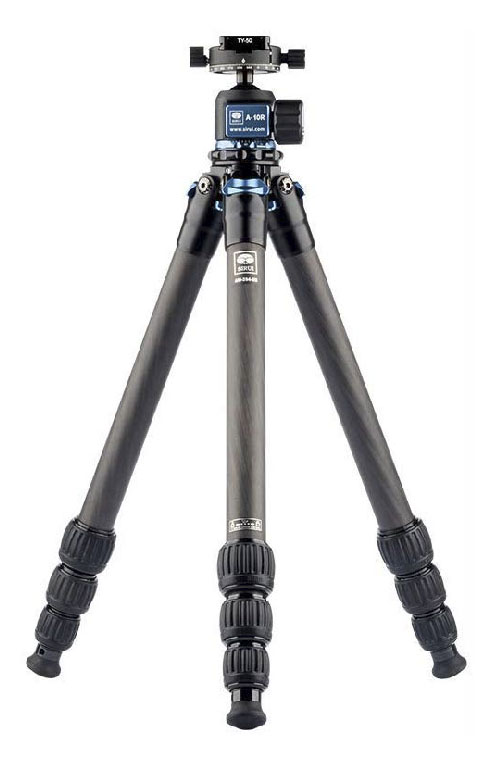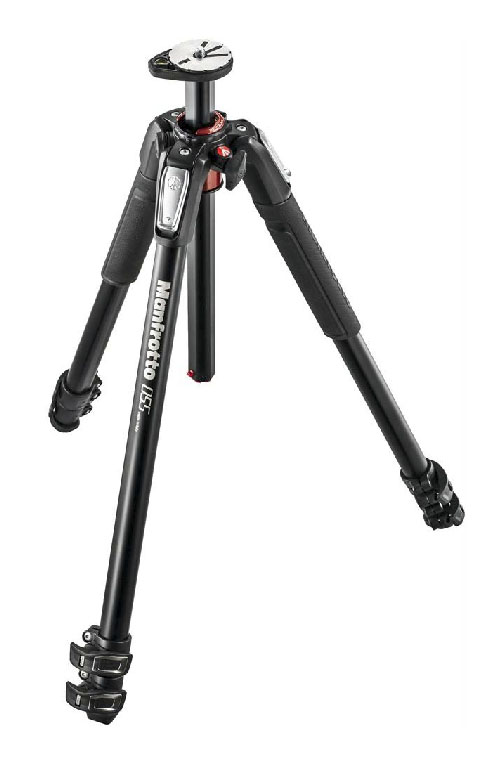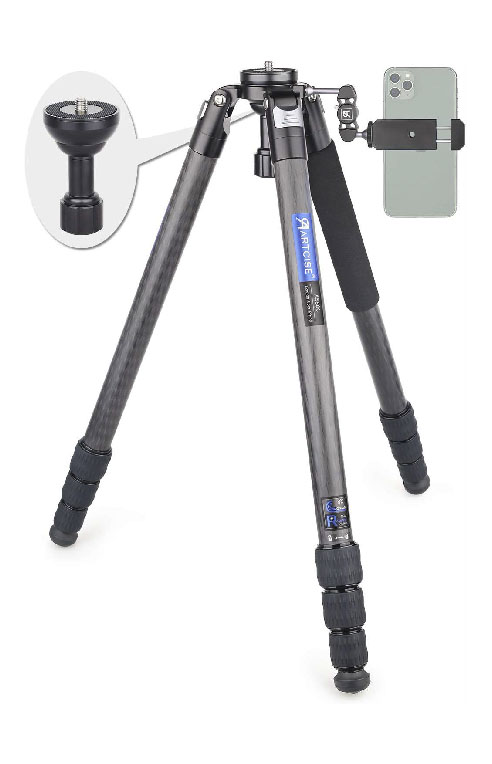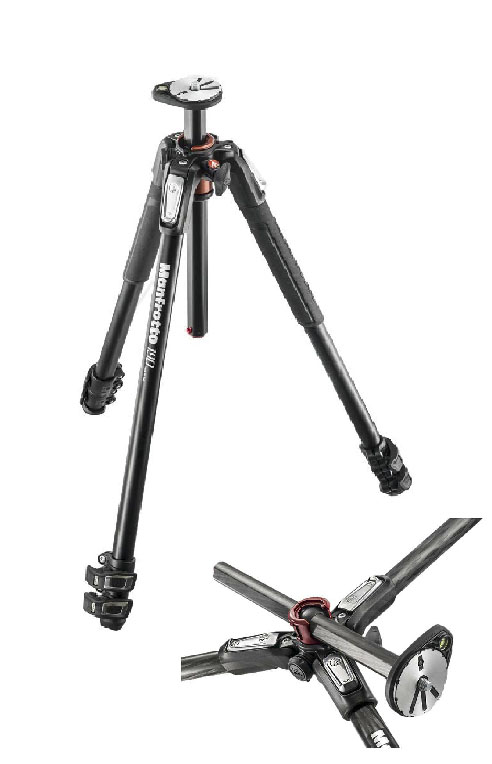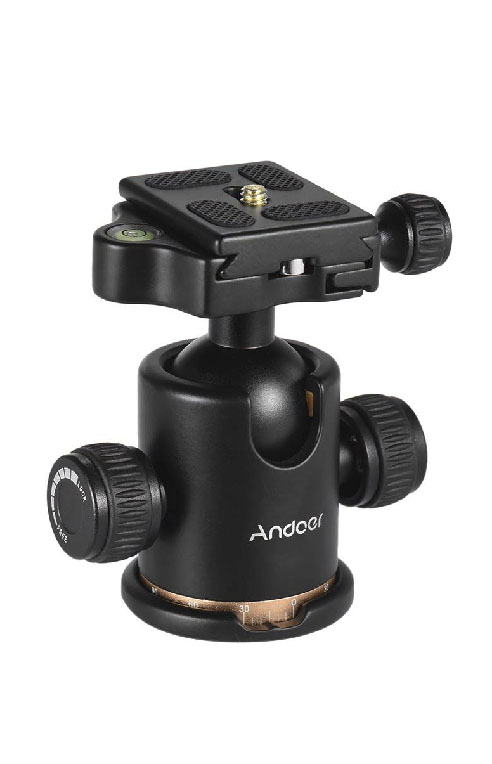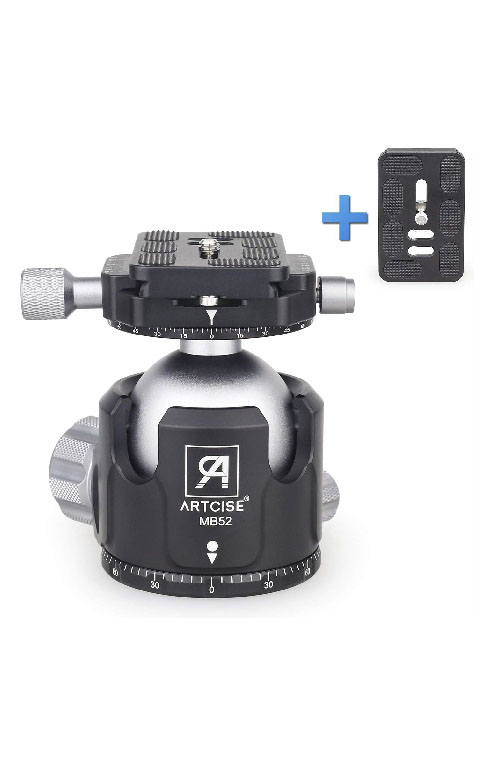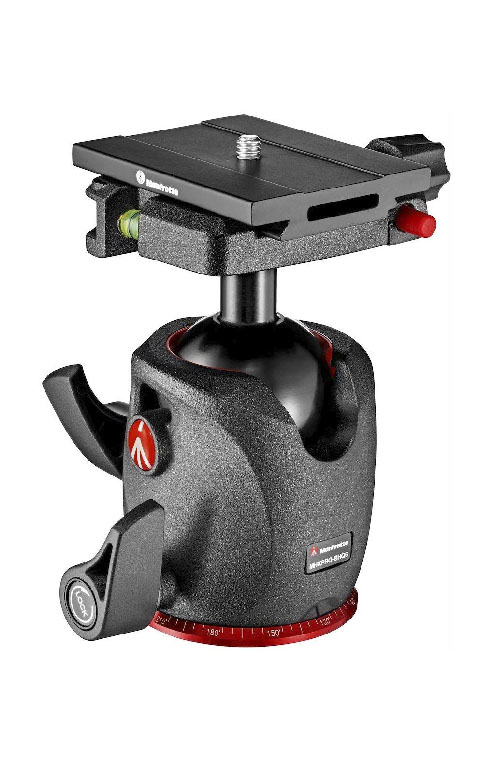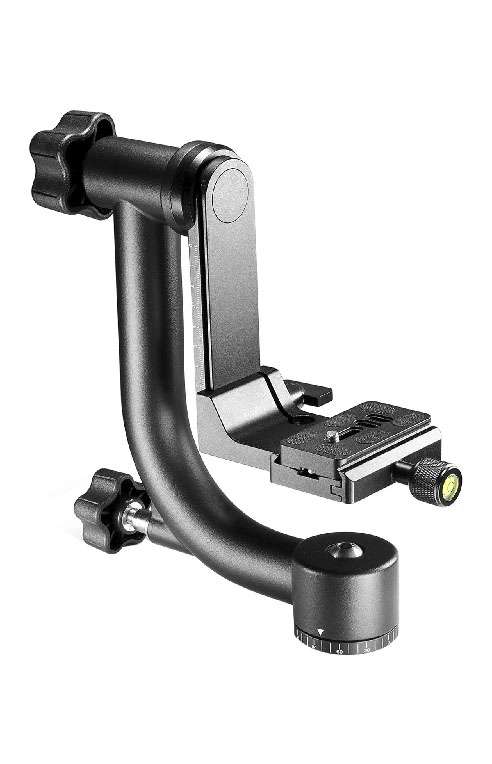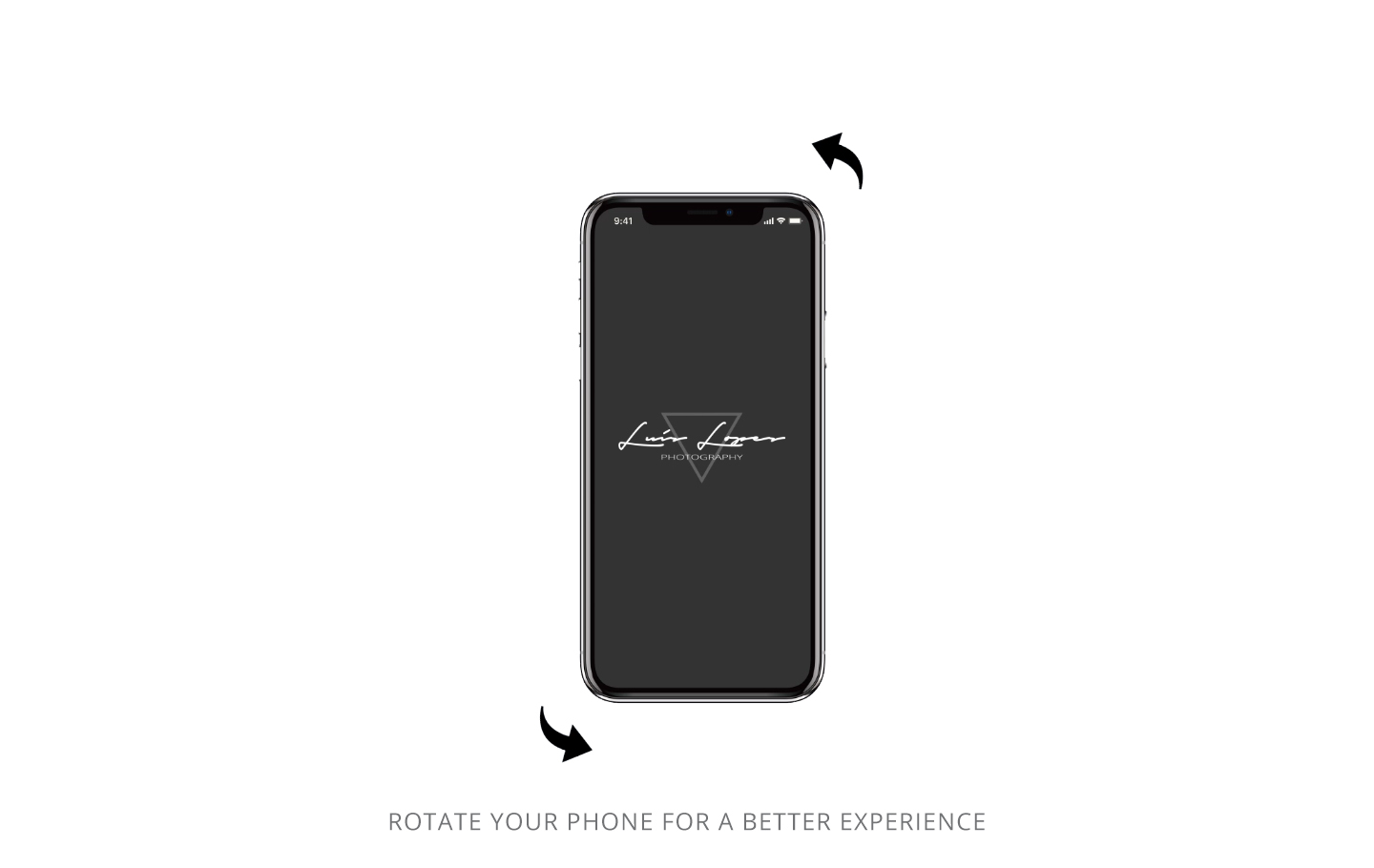A good tripod makes all the difference!
Choosing a tripod can be a stressful event, given how many different types and choices we are presented with. In this article I will give you some advantages of using one, go over some of the features available, and help you wade through the myriad of choices to make your decision making a little more stress free. Let’s start with why you’d want a tripod in the first place. Before getting into the intricate details about tripods, I would like to go over the advantages and disadvantages of tripods and why you might need one for your DSLR or mirrorless camera.

Advantages of using a tripod
- A tripod steadies the camera for long exposures to avoid camera shake from hand holding
- You can use a lower ISO and very small aperture to get maximum depth of field
- Keeps the camera steady for long exposures when shooting things like waterfalls and flowing water
- Forces you to slow down and put more time and thought into composition, often resulting in a better image aesthetically
- Helps keep the images better aligned when doing bracketed exposures for HDR photography
- A tripod is pretty much essential for night photography
- Gives you a rest when using heavy equipment
- You’re able to shoot panoramic shots to be stitched together
- You can create self portrait and get in the photo yourself
- Key for shooting macro or close up photos and getting them tack sharp
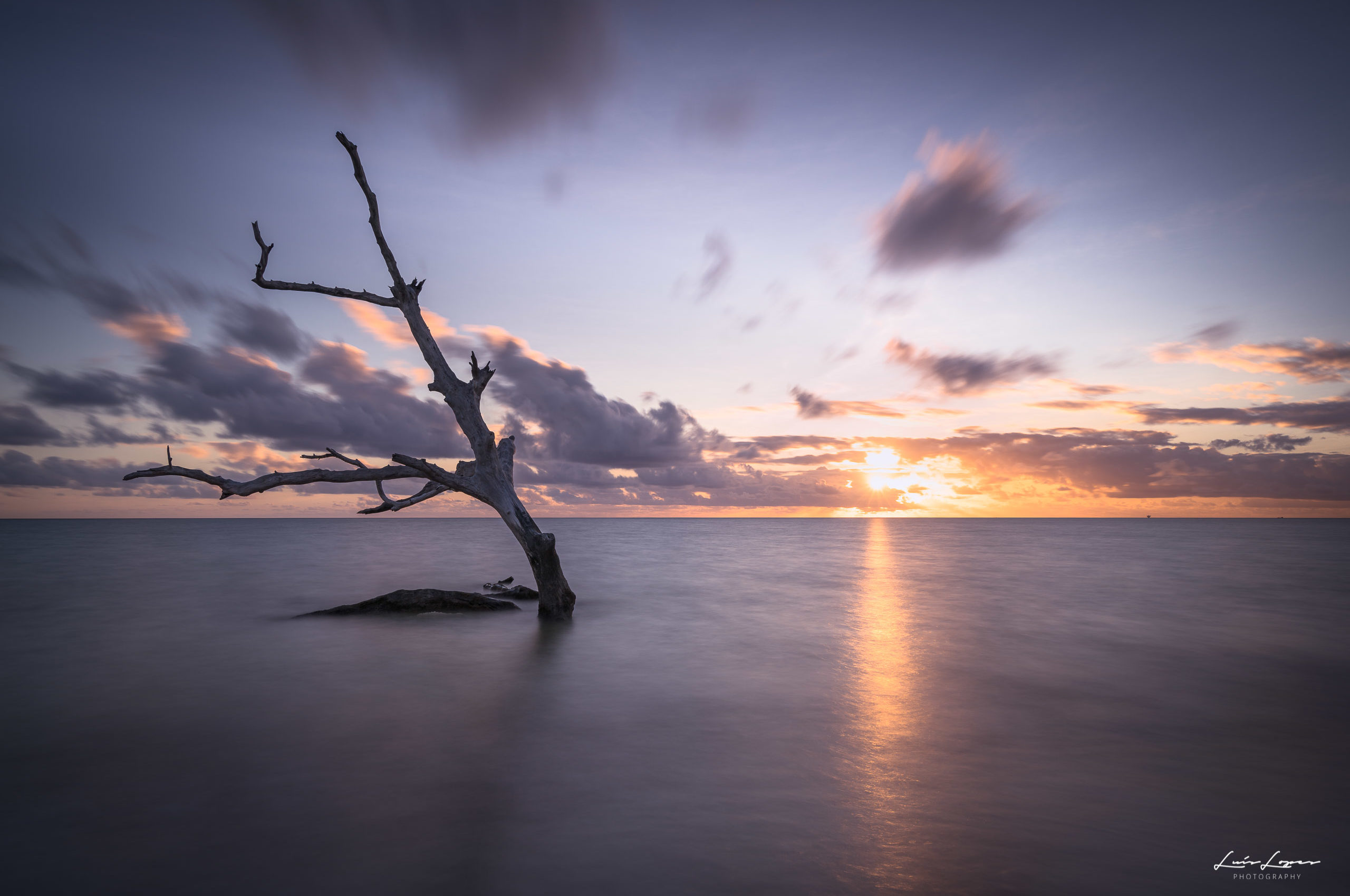
the tree
Technical details:
Sony Alpha A7RII | 16mm | 25s | f/9.0 | ISO 50 | Tripod | Manual focus
Location: Bahia – Brasil
Disadvantages of using a tripod
- They are heavy, especially when you choose a solid one and add a good tripod head
- They are somewhat inconvenient to carry around and travel with
- It can be costly for a good one
- Difficult to use in crowded places
- Cumbersome to set up quickly, you might end up missing a shot
- If you get one that’s too small or flimsy you risk damaging your equipment if it collapses or sinks
What to look for when selecting a tripod
There are so many factors involved in choosing a tripod it depends on what you want to use it for, and what equipment you own. I personally use a tripod for one main reason – landscape photography. Shooting sunrises and sunsets can be quite challenging, especially when the light conditions are far from ideal.

Example of a low cost tripod and what NOT to get. Ones with support from the center column to the legs are usually very flimsy and not suitable for an SLR camera and lens. They’re also mostly plastic and prone to breaking easily.
Thanks to image stabilized lenses and now cameras with excellent built-in image stabilization, the use of a tripod for most types of photography is not necessary when shooting in daylight conditions. However as in most of my work I always use ND Filters I necessary have to have I good tripod. I actually own 2 tripods, and use each for a different situations.
Which features are important? How do you choose?
Weight capacity (load) rating
The very first, and most important, thing you need to look at is the maximum weight load the tripod can bear.
Make sure it will hold more than your heaviest camera body and biggest lens combination. 1.5 to 2 times more than your camera weight is a good place to start.
Keep in mind you may lean on the camera, add a flash, a heavier lens, or battery grip at a later date so allow for some room to expand your system. Web sites for tripod makers are a good resource for this information, and a good camera specialty store should be able to provide this information for any of their tripods in stock.

Tripod legs
When choosing a tripod there are generally two types. Ones that come as a one piece package with the legs and head combined, and ones that you can select the legs and head separately.
I recommend the latter as you can mix and match (even from different manufacturers), or buy multiple parts and change the legs or head for different types of photography.
Within the legs alone there are also several choices: tubular legs with a twist lock vs ones with lever locks; how many sections are the legs composed of; maximum height of the tripod fully extended; and what material the legs are made from (steel, aluminum, carbon fiber or basalt).
Let’s look at each choice individually.
Leg Locks
This is basically a personal preference, but if you choosing one with the lever locks take a good look at the construction of them.
If they are light weight plastic they may be easily damaged or broken off, or come loose frequently and need tightening.
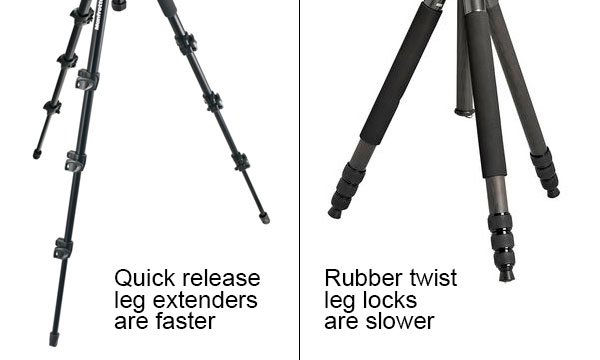
Most of the times the lever locks are faster and more lock precise than the twist locks, although you will note that most professional photo tripods use twist locks, while professional video tripods often use dual post leg systems with lever locks. If your use case includes planting the tripod in mud and water, go with twist locks because they are easier to keep clean and working properly.
Leg Diameter and Tube Wall Thickness
This is simple math, all other things considered. A larger diameter leg section will be more stable and less inclined to flex than a smaller diameter leg section. The smaller the diameter, the thinner the tube walls and the thinner the walls, the less stability and the more flex that there is. While carbon fiber as opposed to aluminum is a help here, there is a law of diminishing returns at work. A tube that is narrower in diameter than your ring finger is not going to be stable when fully extended.
Number of Leg Sections
This will usually vary between three and five.
The greater the number of leg sections, the shorter the collapsed tripod will be. If seeking a travel tripod that can go in a carry-on bag, this can be very useful, but if collapsed length is not a consideration, fewer leg sections mean greater stability and faster set-up and teardown. Every time a leg section is added, it means another tube of smaller diameter and potentially thinner walls, and that means less stability.
Look at the options and see which is the best fit for you taking all the factors into consideration.
Height
A tripod needs to work at, or very close to eye level. In a perfect world, this height is achieved by the height of the leg set, along with the tripod head itself. Most professional tripods do not have a centre column at all, because they are basically posts that wobble, some a lot, some hardly at all, but they all wobble. Consider a tripod with a head that will extend to about ten centimeters below the top of the head, without engaging the centre column. Bending over all the time is not a lot of fun and it will soon cause fatigue.
If you are buying one with a head included make sure it comes up to at least your chin.
Otherwise if you are buying the legs separately look for them to reach shoulder level or higher (legs only, not including extending the centre column which reduces stability).
Factor in the folded size of the whole unit as well if you intend to travel with it.
Measure your luggage or bag in advance so you know the maximum length that will fit.
For example, this 4-section carbon fiber tripod will fit diagonally in my suitcase, it’s a great tripod for short trips.
You may find the ones with more sections fold down smaller, but you give up a little in stability with more sections because each one gets successively smaller inside the other. You need to decide on the balance and what’s most important for your needs right now.
Weight and construction material
Once again you will want to choose the legs based on what you will do with this tripod most often.
If you do a lot of hiking into the bush, you’ll probably want to look at legs made of carbon fiber as they will are much lighter than the other options. It’s also extremely durable and doesn’t rust. Carbon fiber however, does come at a premium price and they are usually the most expensive options and will weigh in somewhere between 1.2-1.8 kg. Aluminum is next most popular but heavier than carbon fiber, averaging 2.2-2.8 kg. Basalt is becoming more common and popular as it weighs in between the other two but carries a lesser price tag than carbon fiber usually. Shop around, but go to the store and feel the difference for yourself by picking a few up to compare. Get the one that is best suited to your needs and your budget.
Note: as a mechanical engineer this is always a very important point for me, the construction and the materials are essential for the life time of the equipment, especially if you intend to put your tripod into the salty water of the ocean, so here I leave this extra tip, even if you are dealing with a carbon tripod, which we already assume that it’s a superior equipment and more expensive, when you are making an analysis to the tripod, grab a magnet and pass closely through all metallic components, if the magnet become attracted in any screw or other metallic part this is a very bad sign. All materials including screws must be corrosion free, that means they shouldn’t have ferrite in their constitution and as such they don’t become attracted by the magnetic field of the magnet. If I’m tell you this, it’s because some times we get surprises, but again, it all depends on how you want to use the tripod.
Here are a few different styles of tripod legs and combo that you can choose from, click on each to see them on Amazon
Centerpost
Most tripods we find include a centerpost that allows you to increase or decrease the height of the camera by simply moving the centerpost in upward or downward direction. While they introduce instability when fully extended, they can be a minor convenience. If you are looking at a tripod with a centerpost, look for a hook on the bottom where you can hang the camera bag as a stabilizing agent and avoid using it in fully extended position, I really don’t recommend it, at most one use up to 1/3 can be safe if you use mostly wide-angle lens, however for long telephoto lens you can forget it.. Some centerpost are reversible to let the tripod head get low. This is handy for macro, but often awkward for the photographer. It’s a nice feature, but only a benefit if the person owning the tripod will actually use it more than twice. If you still want to get a centerpost for whatever reason, make sure that it can fully decline to the same level as where the tripod legs meet. The centerpost should never wobble at its lowest level.
Tripod head
If you are opting for a module system choosing a tripod head can be overwhelming with the number of choices available. Make sure that it can hold the same weight as the legs you have selected (they are NOT added together, they each need to be able to bear the same load). The tripod head is the weakest link, so please don’t go cheap on this element because disaster can strike if the head fails or crashes your entire set up.
The three most common styles of tripod heads are:

3-way tripod head
- ball head – using a ball in the centre and one mechanism for tightening it, they are flexible, easy to use and one of the most popular all purpose tripod heads. Make sure it will tighten enough and hold the weight of your camera and not “creep” (loosen and fall)
- 3-way or pan/tilt head – one with separate controls or handles for horizontal and vertical tilts, as well as rotation. Common in low cost tripods and old style ones. This is what I use on my old beast of a heavy tripod.
- gimbal head – made for super long and heavy lenses to keep them balanced and for ease of motion. Often used by bird and nature photographers.
Here are some of the best options for tripod heads for you, click for more info on each one, through Amazon:
Other options
Gorillapod tripods – these small tripods have flexible arms that can be bent to wrap around almost anything such as: fence posts, table legs, your own leg, etc. Great for travel, and putting your camera in hard to reach places. Just make sure you get the biggest one made for SLRs and a ball head for it.
Summary and bonus tip
- choose from either a one piece tripod or modular first
- decide what kind of tripod head you like best
- choose the legs and get the best you can afford (light weight, sturdy, max height, min height) that fits your shooting style and needs
Flexible mini tripod Gorillapod by Joby
- ensure both the legs and head will easily hold the weight of your equipment and then some
- bonus tip – get a tripod head with a quick release plate system. For still heads, the Arca-Swiss specification is the most widely accepted mounting system in the world. It has more or less become a standard among manufacturers and it has proven to be a very effective solution for quick and easy operation.



